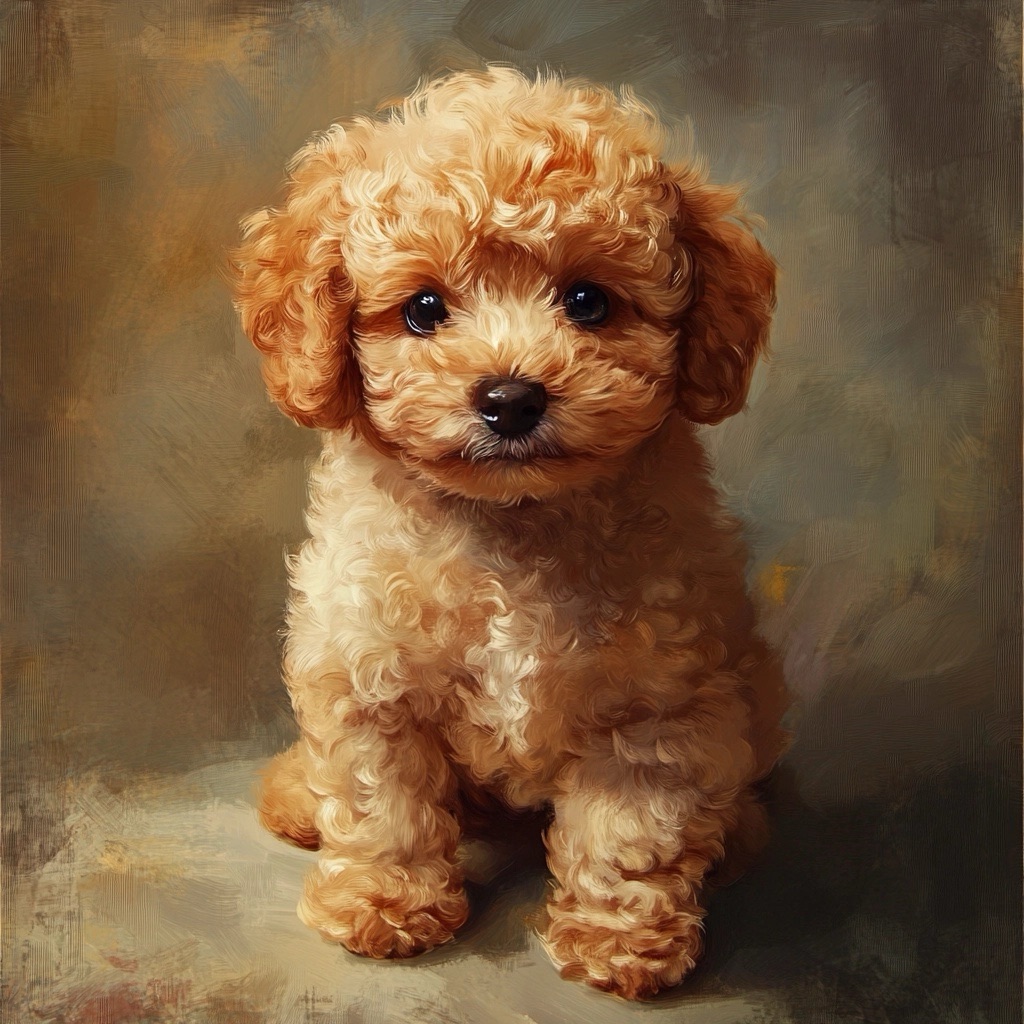
Introduction: More Than Just a Fancy Fur Coat
When you think of a poodle, what comes to mind? For most, it’s an image of a meticulously groomed, almost regal dog, strutting with an air of superiority. Perhaps it’s a vision of a dog show, where poodles, with their intricate fur patterns and dignified demeanor, reign supreme. Yet, the poodle’s image today is the result of centuries of evolution, both physical and cultural. Behind their elegant facade lies a complex history, intertwined with human society, politics, and even warfare. To truly appreciate the poodle’s transformation, one must delve into their roots, exploring how they went from rugged working dogs to the epitome of canine sophistication.
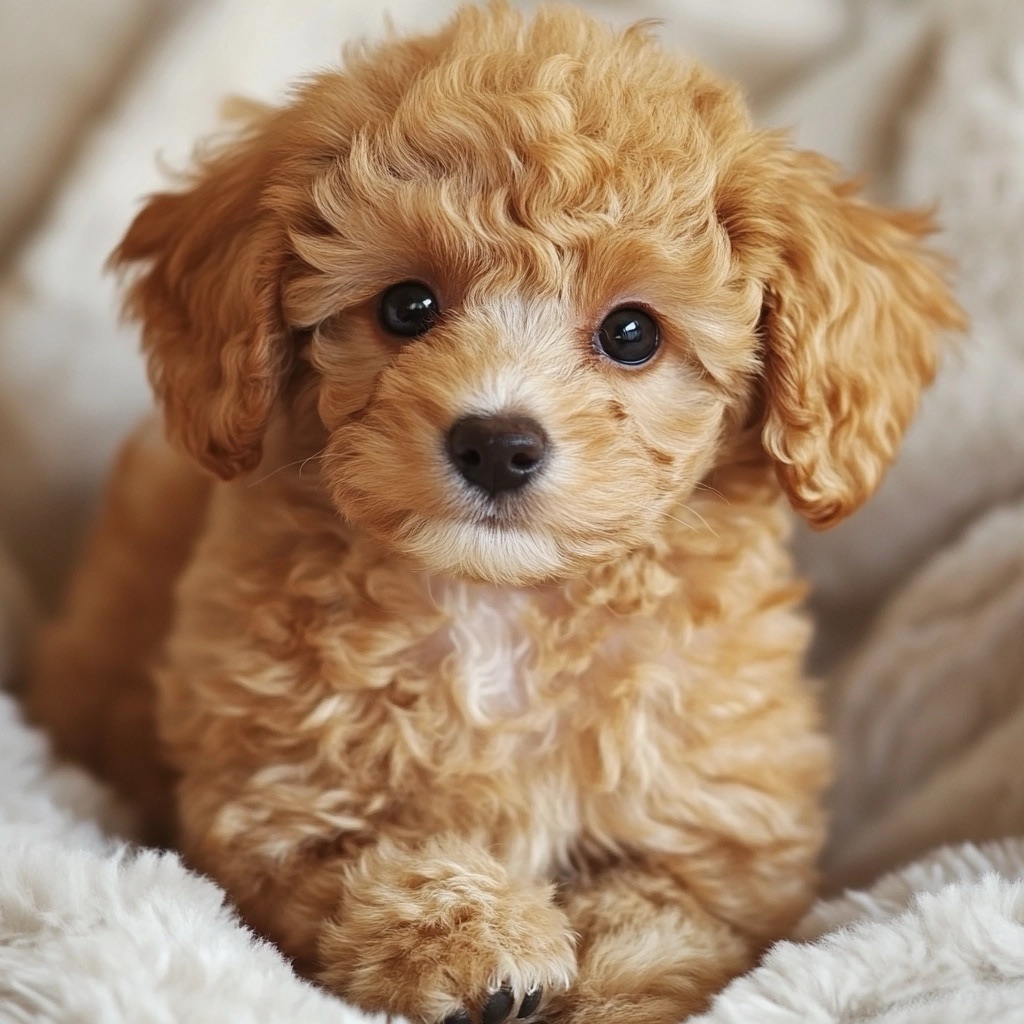
From Water Dog to Canine Aristocrat: The Poodle’s Ancestral Journey
Poodles, despite their modern associations with luxury, were originally bred as working dogs. The Standard Poodle, the oldest of the three poodle sizes, traces its lineage back to ancient times, with roots believed to be in Germany, not France as many assume. The name “poodle” itself comes from the German word “puddeln,” meaning “to splash in water.” This is a crucial clue to the poodle’s original purpose: a water retriever.
These early poodles were far from the pampered pets we see today. They were robust, intelligent, and skilled at retrieving waterfowl for hunters. Their famous coat, which is now sculpted into elaborate designs, was once a practical feature. Hunters would shave the dog’s body to allow for more freedom of movement in the water while leaving tufts of hair around the joints and vital organs to keep them warm. This utilitarian origin of the poodle’s coat is a far cry from the extravagant grooming styles that would later become their signature.
But how did these practical, hardworking dogs become symbols of luxury and sophistication? The answer lies in their journey from the fields and marshes of Europe to the courts of kings and emperors.
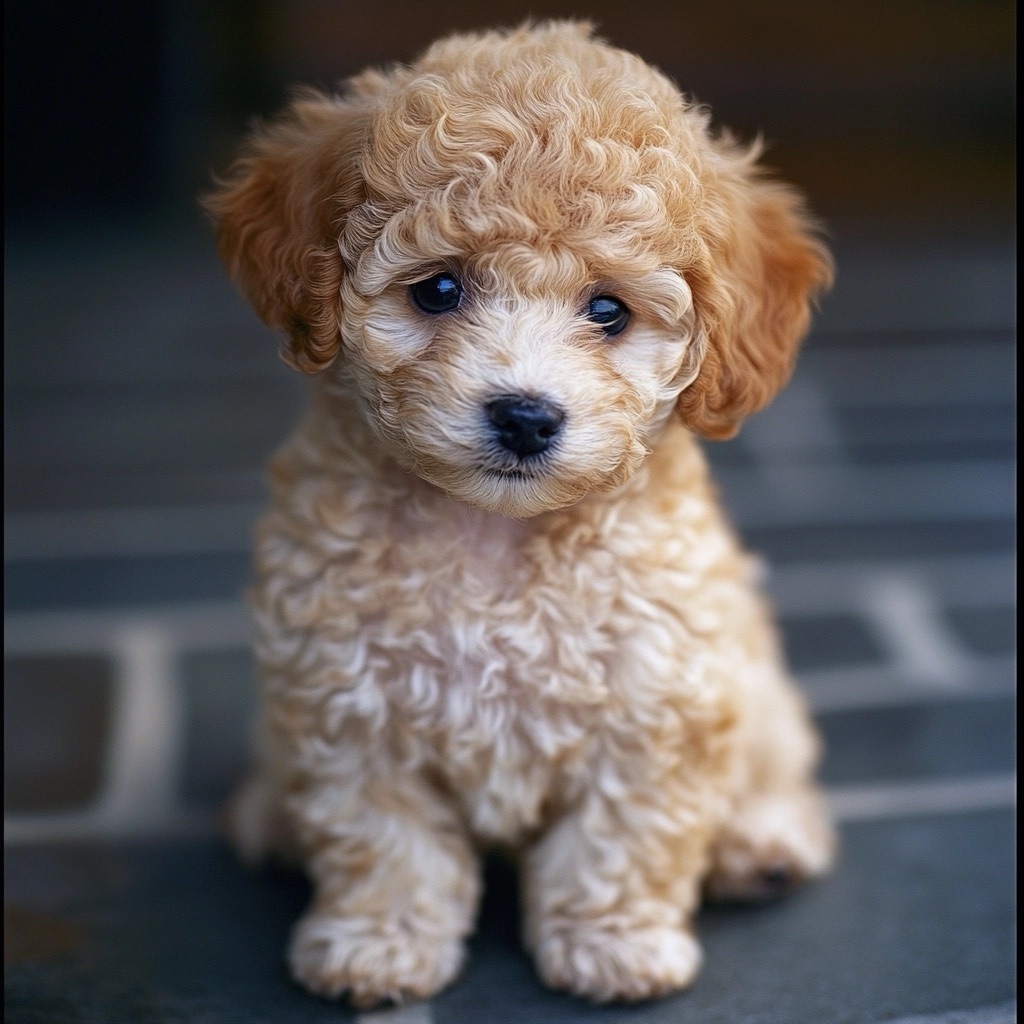
The Rise of the Poodle in European Courts
The poodle’s transition from working dog to royal companion began in earnest during the Renaissance. It was during this period that their intelligence and trainability caught the attention of the European elite. Monarchs and nobility began to favor poodles not only for their hunting abilities but also for their companionship and entertainment value.
One of the most significant moments in the poodle’s ascent to aristocratic status came during the reign of Louis XVI of France. The French court, known for its opulence, was enamored with the poodle’s intelligence and charm. French royalty and nobles would have their poodles groomed in elaborate styles, with fur sculpted into shapes that reflected the extravagant tastes of the time. The poodle became a status symbol, a living testament to wealth and taste.
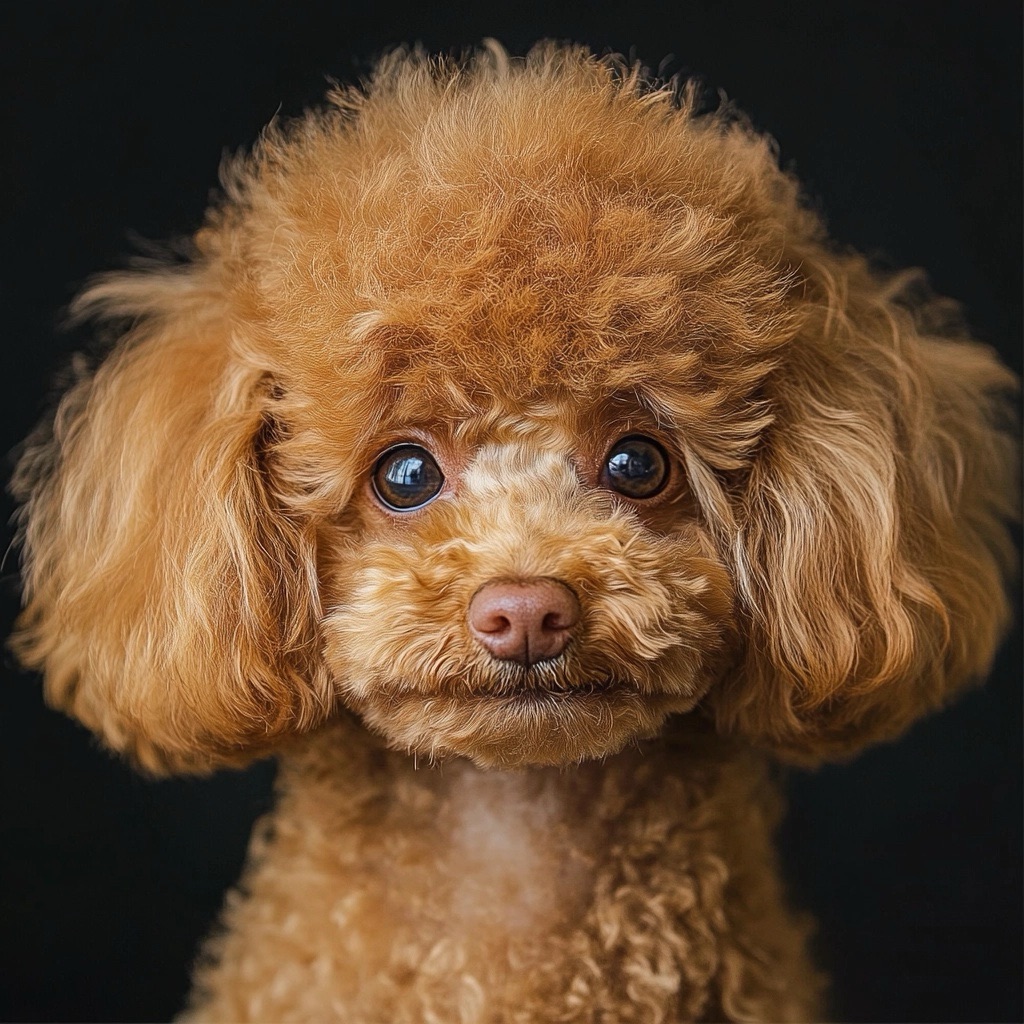
The Toy and Miniature poodles, which are often associated with the breed today, were developed during this period as well. These smaller versions of the Standard Poodle were bred to be more suitable for life in the royal courts, where space was limited, and the desire for lapdogs was high. As poodles became more entrenched in the lives of the European elite, their image as a luxurious, elegant breed solidified.
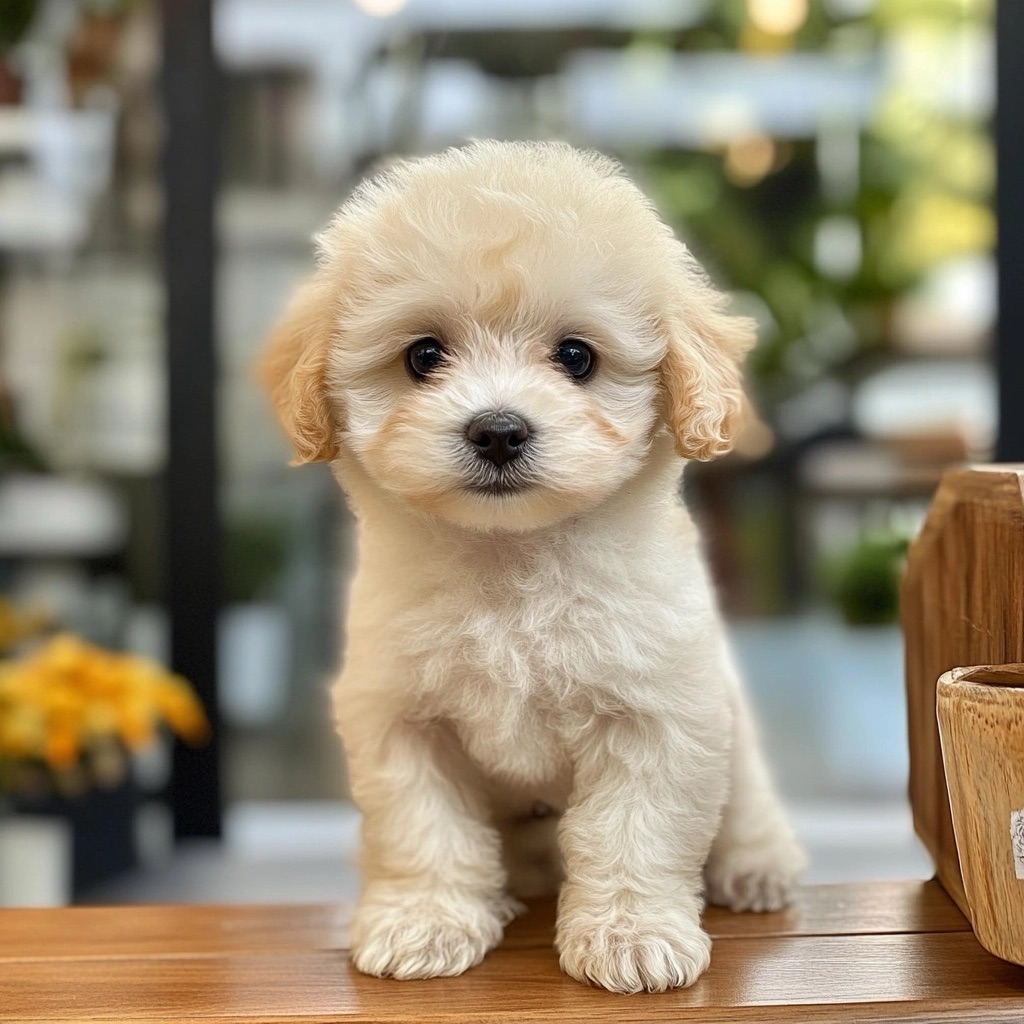
The Poodle’s Role in Art, Literature, and Popular Culture
The poodle’s elevated status was not confined to the courts; it permeated art, literature, and eventually, popular culture. Throughout the 18th and 19th centuries, poodles were frequently depicted in paintings, often alongside their noble owners, further cementing their image as a breed of distinction.

In literature, the poodle’s cleverness and sometimes mischievous nature were celebrated. The breed appears in various works of fiction, often portrayed as a loyal companion to the protagonist. This cultural representation added layers to the poodle’s persona, blending their practical origins with their newfound role as a symbol of refined elegance.
As the centuries passed, the poodle’s image evolved with societal changes. By the 20th century, poodles had made their way across the Atlantic to America, where they would once again undergo a transformation.
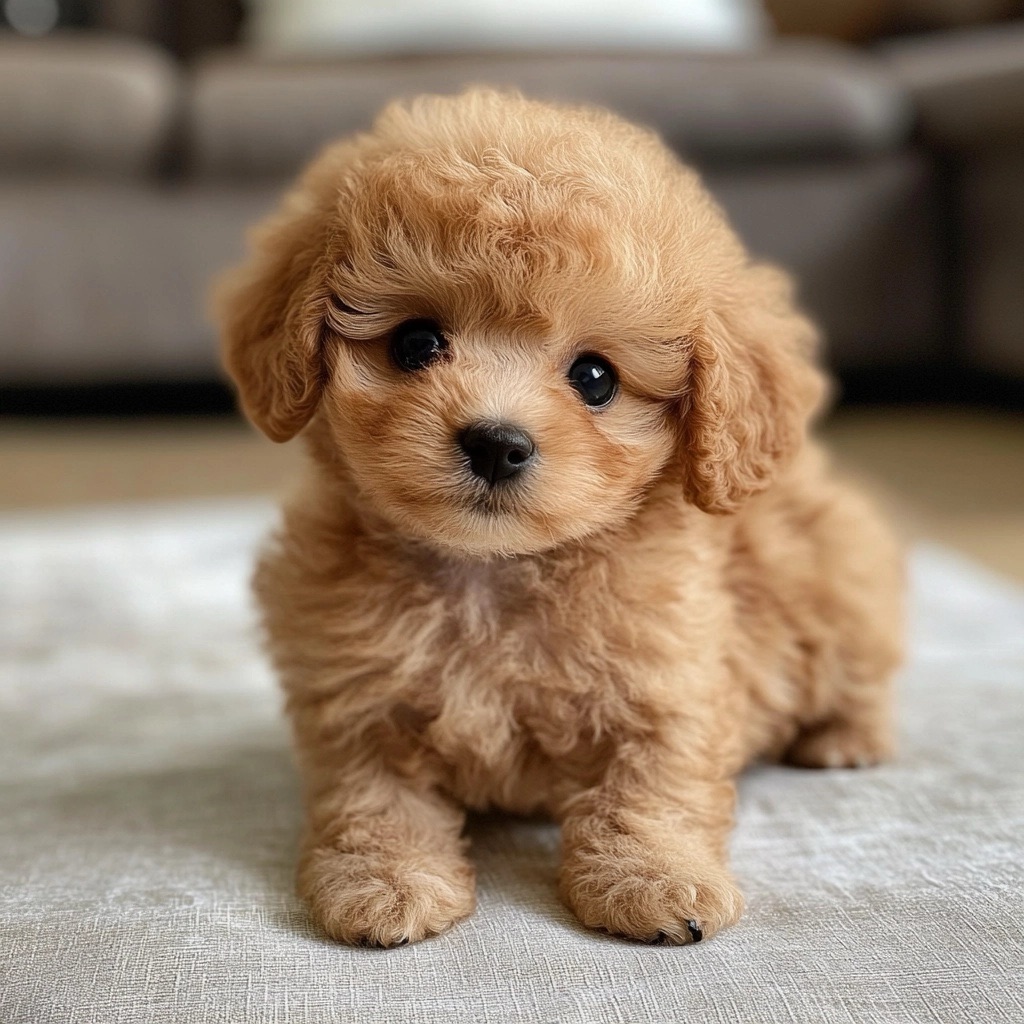
The Modern Poodle: A Canine Icon Reimagined
In the mid-20th century, poodles experienced a resurgence in popularity, particularly in the United States. This was the era when poodles truly became icons of style and sophistication. Hollywood embraced the poodle, and the breed often appeared alongside movie stars and in advertisements, further ingraining their image as glamorous companions.
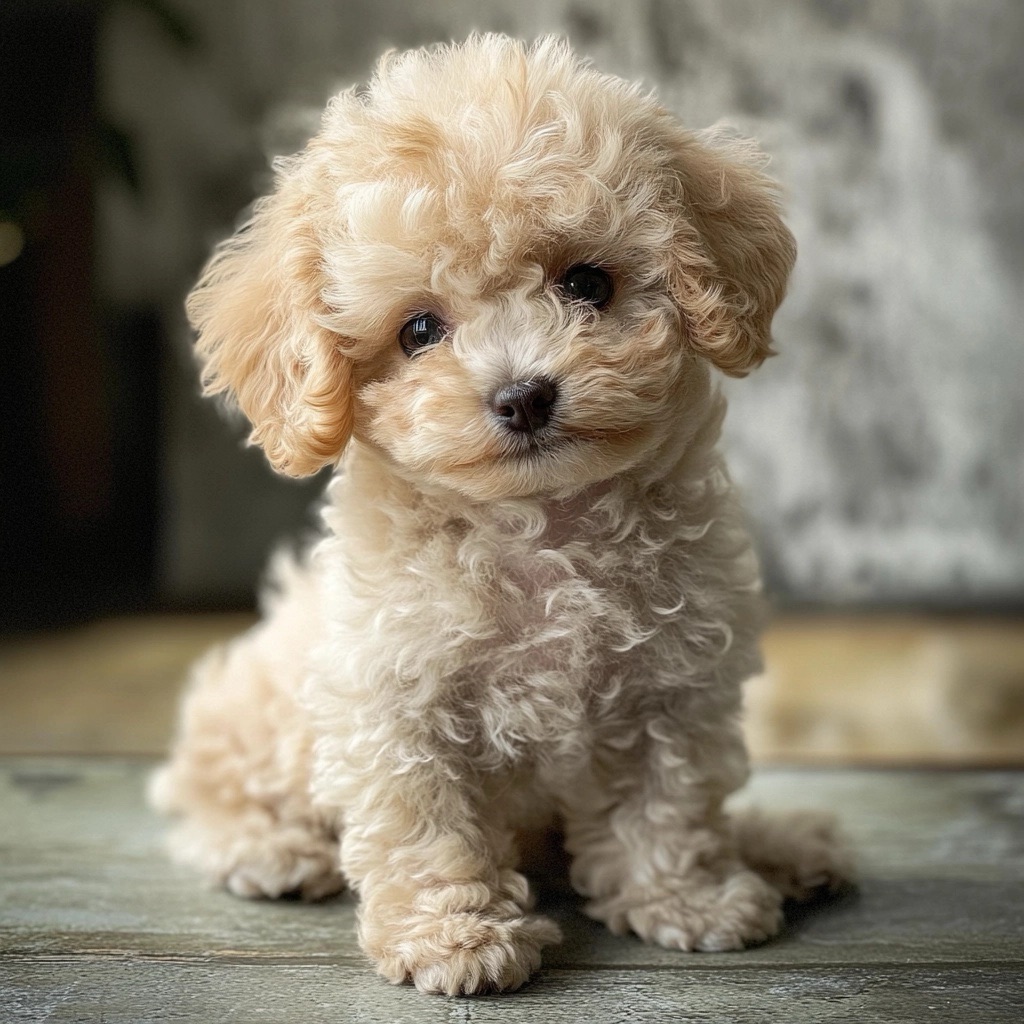
The 1950s and 60s were the golden years for poodles in America. The breed was consistently ranked as one of the most popular in the country, thanks in part to its versatility. Poodles were not just show dogs; they were beloved family pets, therapy dogs, and even service animals. Their intelligence and adaptability made them suitable for a wide range of roles, from performing in circuses to serving as guide dogs for the visually impaired.
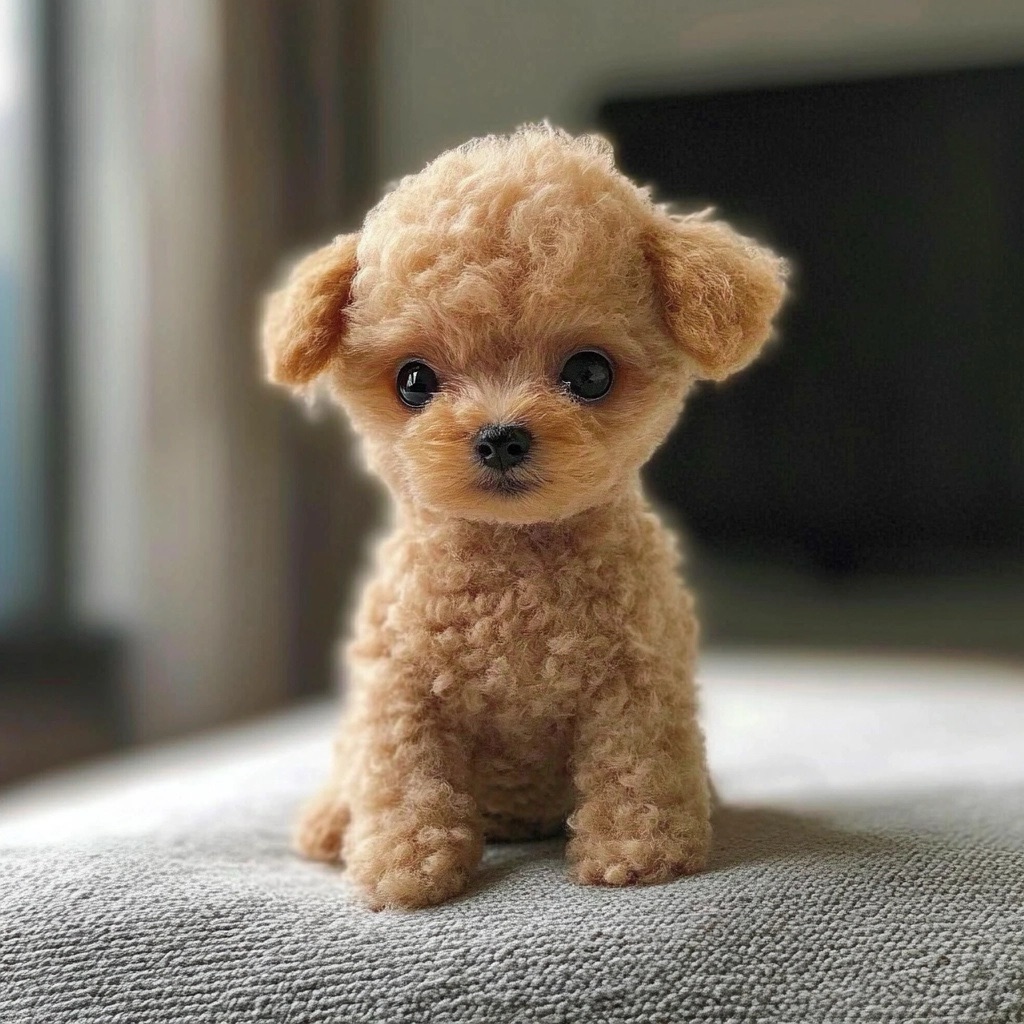
However, with popularity came the risk of the poodle being misunderstood. The breed’s association with high society and fashion led to a perception that poodles were delicate or overly pampered. In reality, the poodle remains one of the most versatile and resilient dog breeds, capable of excelling in various activities, from agility competitions to obedience training.
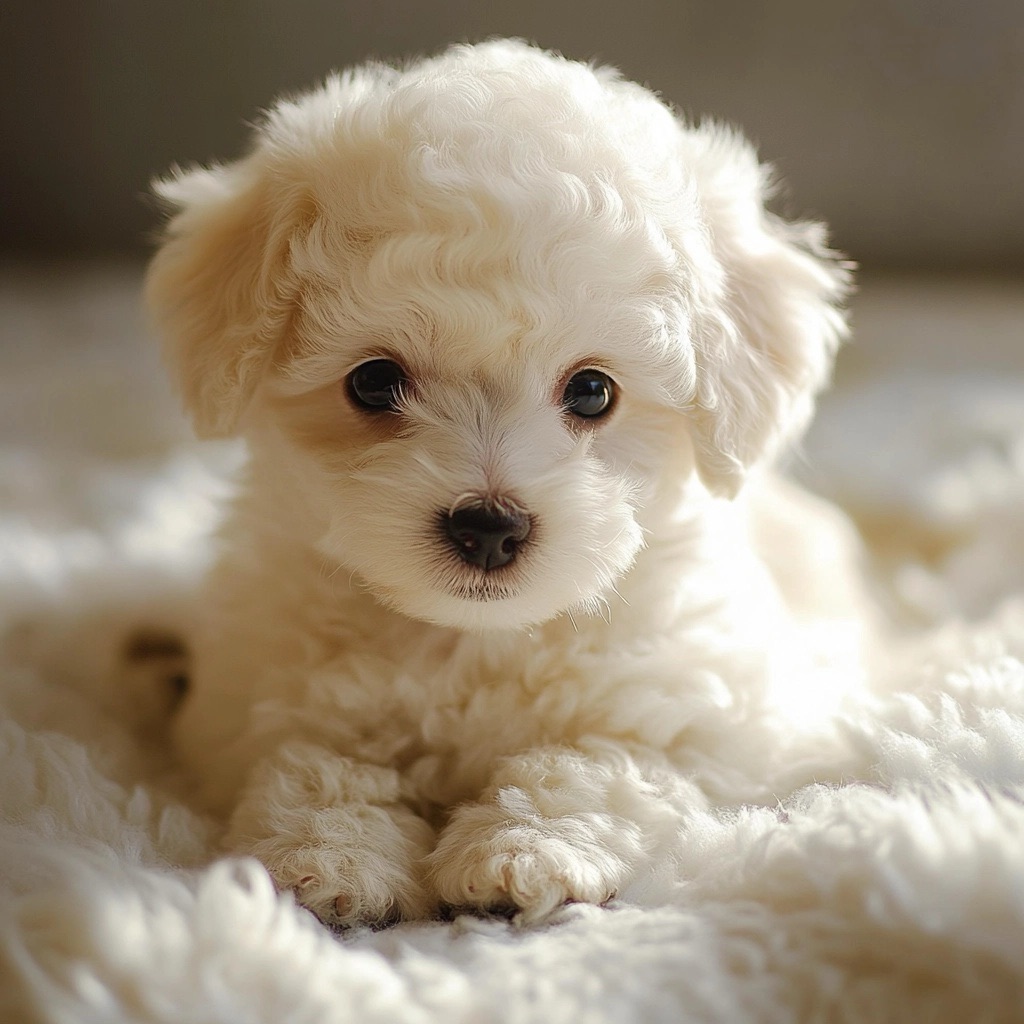
The Poodle’s True Legacy: Intelligence, Versatility, and Resilience
So, what is the true legacy of the poodle? While they are undoubtedly elegant and often associated with luxury, this is only a small part of their story. At their core, poodles are intelligent, versatile, and resilient. They have been bred over centuries to adapt to various roles, whether as a water retriever, a companion to royalty, or a modern family pet.
Their intelligence, which once made them prized hunting dogs, now allows them to excel in diverse environments. Poodles are known for their ability to learn quickly and perform tasks that challenge even the most intelligent dog breeds. This cognitive agility is perhaps the poodle’s most significant, yet often overlooked, attribute.

Moreover, the poodle’s versatility is a testament to their resilience. Despite the drastic changes in their appearance and roles over the centuries, poodles have maintained a core set of characteristics that have allowed them to thrive in different environments and eras. Whether navigating the marshes of Europe or the manicured lawns of a Hollywood mansion, the poodle has proven to be a dog of remarkable adaptability.
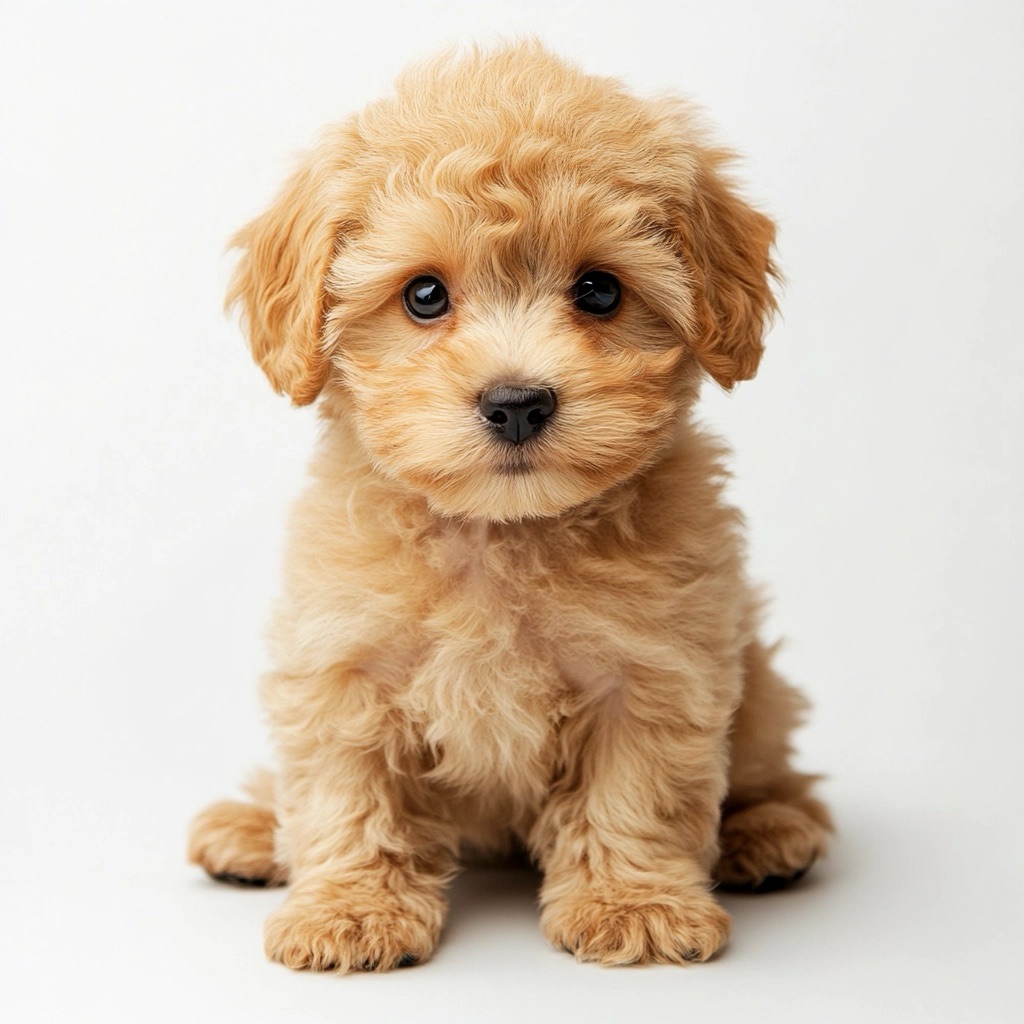
Conclusion: The Enduring Allure of the Poodle
The poodle’s journey from ancient water retriever to modern-day icon is a fascinating story of adaptation and transformation. Their elegance, while striking, is just one facet of a breed that has evolved alongside humans for centuries. Beneath the coiffed fur and regal posture lies a dog of remarkable intelligence, versatility, and resilience—a true testament to the enduring bond between humans and dogs.
As we continue to admire poodles for their beauty and poise, it is essential to remember the rich history that shaped them. The poodle is not just a symbol of elegance; they are a living example of how a breed can evolve, adapt, and thrive across different cultures and periods. In this way, the poodle remains one of the most fascinating and enduring companions in human history.
Leave a Reply